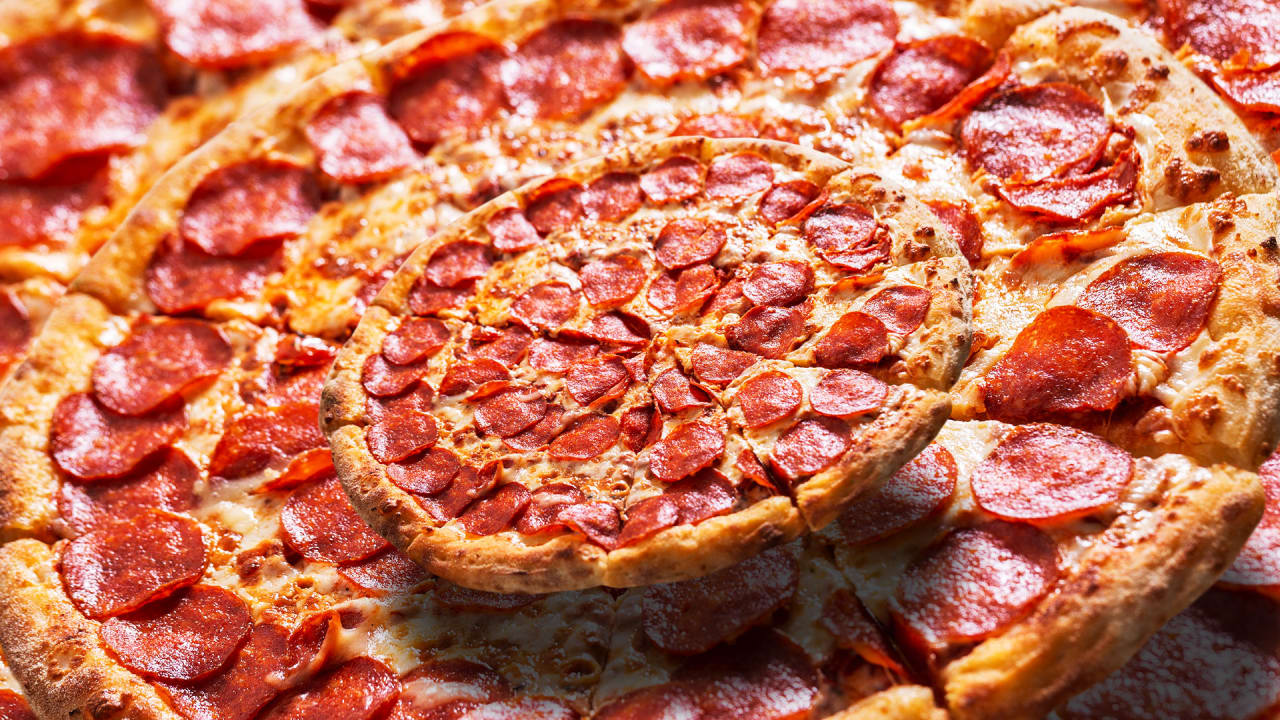Mary’s Pizza Shack joins the growing list of chain restaurant bankruptcies in 2024
It has not been a great year for restaurants. A number of high-profile chains have initiated bankruptcy proceedings this year. The latest is Mary’s Pizza Shack, a beloved California pizza chain that opened in 1959. In an announcement on its website, Mary’s Pizza Shack confirmed that its company, Mary’s Pizza Shack Corporation, was filing for bankruptcy. While Mary’s Pizza Shack did not give an exact reason, it said the move was “the final step of a larger process our family began a couple of years to ago to preserve the Mary’s Pizza Shack brand.” But some good news for Mary’s Pizza Shack fans: The company said it will not be closing any locations as part of the bankruptcy procedures and that all of its locations remain open. Mary’s Pizza Shack has 10 locations in California. Restaurant bankruptcies pile up While Mary’s Pizza Shack may not be closing locations, other restaurants that filed for bankruptcy this year were not so lucky. In April, the Tex-Mex chain Tijuana Flats filed for bankruptcy, closing 11 company-owned locations. After Tijuana Flats, came Red Lobster’s bankruptcy filing in May. Since then, the seafood chain has closed dozens of its locations across America. Then in early August, Italian family restaurant brand Buca di Beppo filed for bankruptcy and announced it would close 18 stores across 14 states. Next up was Roti, the Mediterranian fast-casual chain, which filed for bankruptcy at the end of August. Finally, just this week, BurgerFi announced that it too was filing for bankruptcy. Roti and BurgerFi did not announce any closing locations. But just what is behind this swath of restaurant bankruptcies in 2024? Every establishment’s situation—and the events that led up to them—will of course be different and nuanced. However, many of the above chains that have filed for bankruptcy cited similar hardships, including cost pressures due to rising inflation and downward economic trends causing diners to stay and cook at home to save money.

It has not been a great year for restaurants. A number of high-profile chains have initiated bankruptcy proceedings this year. The latest is Mary’s Pizza Shack, a beloved California pizza chain that opened in 1959.
In an announcement on its website, Mary’s Pizza Shack confirmed that its company, Mary’s Pizza Shack Corporation, was filing for bankruptcy. While Mary’s Pizza Shack did not give an exact reason, it said the move was “the final step of a larger process our family began a couple of years to ago to preserve the Mary’s Pizza Shack brand.”
But some good news for Mary’s Pizza Shack fans: The company said it will not be closing any locations as part of the bankruptcy procedures and that all of its locations remain open. Mary’s Pizza Shack has 10 locations in California.
Restaurant bankruptcies pile up
While Mary’s Pizza Shack may not be closing locations, other restaurants that filed for bankruptcy this year were not so lucky. In April, the Tex-Mex chain Tijuana Flats filed for bankruptcy, closing 11 company-owned locations.
After Tijuana Flats, came Red Lobster’s bankruptcy filing in May. Since then, the seafood chain has closed dozens of its locations across America. Then in early August, Italian family restaurant brand Buca di Beppo filed for bankruptcy and announced it would close 18 stores across 14 states.
Next up was Roti, the Mediterranian fast-casual chain, which filed for bankruptcy at the end of August. Finally, just this week, BurgerFi announced that it too was filing for bankruptcy. Roti and BurgerFi did not announce any closing locations.
But just what is behind this swath of restaurant bankruptcies in 2024? Every establishment’s situation—and the events that led up to them—will of course be different and nuanced.
However, many of the above chains that have filed for bankruptcy cited similar hardships, including cost pressures due to rising inflation and downward economic trends causing diners to stay and cook at home to save money.






















